Lemon myrtle ginger beer spiders with macadamia aquafaba ice cream are a delicious Australian Christmas drink using a homemade fermented ginger beer flavoured with lemon myrtle and cinnamon made from scratch with a ginger bug starter and macadamia aquafaba ice cream with lemon myrtle, cinnamon and vanilla. Fermenting your own ginger beer is a great slow living project that is easy to do and has amazing results – the ginger beer is deliciously zingy and bubbly from fresh ginger and has a lovely fresh lemon flavour from the Australian indigenous lemon myrtle leaves along with sweet spice from cinnamon. If you start now you can easily have your own lemon myrtle ginger beer spiders ready by Christmas and time to spare. The macadamia ice cream uses Australian macadamia nuts to create a plant based nut milk that is then combined with the brine from cooking chickpeas – aquafaba – along with light muscovado sugar, lemon myrtle, cinnamon, vanilla and macadamia oil – which is frozen into a creamy nice cream. The combination of slightly softened macadamia aquafaba ice cream with homemade ginger beer is so refreshing and has a delicious fresh lemony tang from the lemon myrtle with sweetness from cinnamon and vanilla. Ginger beer spiders were always a family favourite for Christmas – usually spent at the beach in the Australian heat of summer. In this Christmas drink recipe for lemon myrtle ginger beer spiders with macadamia aquafaba ice cream I have tried to recreate the favourite from scratch using high quality ingredients including fresh ginger, lemon myrtle and macadamia nuts. I’ve given the classic Australian spider a little pickle twist with the homemade fermented ginger beer that has undergone two stages of fermentation and is thus bubbly and slightly alcoholic – real ginger beer. If you wish to have a soft version of the ginger beer, it’s possible to arrest the fermentation after the first round – it will still be delicious but not so bubbly or potent. If on the other hand you crave a cocktail – add a shot of brandy or pisco for a brandy spider with a foamy spidery macadamia aquafaba ice cream float. The ice cream is the result of experiments with making no churn ice cream that would work with the ginger beer to create a spider where the fizz from the beer reacts with the cream of the ice cream to create a foamy head to the drink. I chose Australian macadamias because they make a very creamy milk that is delicious with Australian indigenous lemon myrtle, along with vanilla and cinnamon.
What is a spider?
Spider cocktails – Evan Morris (2016) of The Word Detective explains in his article Spider (float) that there were cocktails dating from the 19th Century to the early 20th Century popularly called ‘spiders’ that used brandy and lemonade or ginger beer – he cites one example of use of the term spider in this manner from 1888 to refer to a combination of brandy and ginger beer. The Concise Macquarie Dictionary lists an entry for ‘spider’ as a colloquial term for ‘a drink of lemonade or ginger beer with brandy’ (1982: 1128). The 2019 edition of the online Macquarie Dictionary is more specific detailing that this usage of the word spider is ‘obsolete’, referring to cases where ‘an alcoholic beverage such as brandy, sherry, claret, or beer is blended with lemonade or ginger beer’.
This same combination of brandy or grappa and ginger beer along with lime is used in the Italian grappa cocktail Buon Giorno – that is closely related to the Peruvian Chilcano de pisco – see my previous post on this for more details. In Harry Johnson’s New and Improved Bartender’s Manual there are examples of brandy and ginger ale and brandy and soda cocktails, but these are not referred to as spiders (Johnson 1888: 92). The Australian version of Jerry Thomas’ Bar-tender’s Guide published in 1889 does not mention a brandy spider but there is a recipe for brandy and soda (Thomas 1889: 78).
Simon Difford (2019) of Difford’s Guide relates how there are examples from the 1940’s of a Gin Spider Highball calling for gin, bitters and ginger ale. I found a lovely example of a highball Brandy Spider cocktail from a Spanish cocktail manual Los Secretos del Cocktail by Pedro Talavera published in Madrid in 1940 which called for brandy, lemon juice, bitters and ginger ale (Talavera 1940: 32). The spider highball cocktails I have found did not include ice cream but did often call for ginger ale or ginger beer. Ginger ale became a popular mixer used interchangeably with soda water in Highball cocktails in the 1930’s and 1940’s (Craddock 1930 2724; Day, Fauchald & Kaplan 2018: 201). For more about the history of Highball cocktails see my post on Chilcano de pisco.
Spider: foaming soft drinks with ice cream vs. ice cream floats – In Australia the term spider also refers to a scoop of ice cream combined with a syrup and a soft drink added to create a foamy spidery head to the drink. The 2019 edition of the Macquarie Dictionary states that a spider most often in New South Wales and Queensland refers to an ‘ice-cream soda’ – ‘a drink consisting of flavoured aerated water to which ice cream has been added’. Evan Morris (2016) of Word Detective writes that in America this kind of drink combining soft drink and ice cream is called a ‘float’ or an ‘ice cream soda’. However, Perkin (2011) writing for the Sun Herald of the Australian context in his article Spider drink story has legs cites examples of both drinks indicating that the difference between a spider and a float was in the method of preparation – he details accounts of women who worked in milk bars preparing spiders and floats. The ‘spider’ involved use of a tall glass coated with syrup to which the ice cream was added and then partially incorporated into the syrup before being topped with more soft drink causing the drink to foam up like a ‘volcano’ whereas, the ‘float’ involved a soft drink flavoured with a syrup with a ‘scoop of ice cream floating on top’. Morris (2016) relates that there is one theory that the spider ice cream and soft drink combination was called a spider because of the spider like patterns that the foaming head of the drink would make as the ice cream interacts with the effervescent soft drink.
How are lemon myrtle ginger beer spiders different?
Lemon myrtle ginger beer spiders are a recreation of the classic Australian milk bar drink spider which used a soft drink, syrup and ice cream to make a refreshing drink with a foaming head – they also play on the earlier etymology of the word spider in Australia as a term for a ginger beer and brandy cocktail – with the possibility of adding brandy to make a delicious boozy spider.
Fermented ginger beer spider pickle twist – With this recipe for lemon myrtle ginger beer spiders I’ve recreated the classic Australian spider with a pickle twist involving quality fresh ginger, lemon myrtle, cinnamon, lemon zest and juice sweetened with low GI cane sugar made into a fermented bubbly mildly alcoholic ginger beer using a homemade ginger bug starter created with fresh ginger, muscovado sugar and water. The whole process takes about 3 weeks to complete if you need to make a ginger bug and then ferment the ginger beer twice. See my previous post of making a ginger bug starter and brewing strawberry ginger beer and how to maintain a ginger bug starter for future use. The ginger bug starter is very useful to make all sorts of fermented fruit and tea sodas as well as ginger beer. The recipe I provide below follows the same method as in my strawberry ginger beer recipe that draws on Holly Davis’ (2017) amazing book Ferment but the strawberries are left out and lemon myrtle is added to the ginger tea.
Versatile low alcohol ginger beer base – For the lemon myrtle ginger beer spiders I have made a fermented ginger beer so there is some alcohol in the drink – it is double fermented which both increases the fizz and the alcohol content – but it’s a low alcohol drink. There is the option to add a shot of brandy to call back to Victorian cocktail origins of this drink if you would like to. It’s delicious in original state, or if you prefer a soft drink version, simply skip the second fermentation and have a soft version of the ginger beer.
Macadamia aquafaba nice cream – The macadamia ice cream is a no churn homemade macadamia milk and aquafaba ice cream or nice cream sweetened with light muscovado sugar and flavoured with lemon myrtle, cinnamon and vanilla bean, for a rich and creamy plant based, vegan and non-dairy ice cream. With this recipe for lemon myrtle ginger beer spiders the classic sugary milk bar drink is transformed into a versatile drink with a low sugar and low alcohol bubbly fermented ginger beer base with beneficial probiotic properties, while the ice cream has a plant based make over to become a high protein and delicious plant based food naturally sweetened with unrefined muscovado sugar and sweet spices cinnamon, vanilla and lemon myrtle along with macadamia nut milk and oil. If desired the ginger beer and macadamia ice cream can be improved with a shot of brandy or pisco for a brandy spider cocktail with a foamy spidery macadamia ice cream float.
Aquafaba ice cream method – I am very grateful to the amazing recipes from Tina Dawson from Love is in my tummy and Monica from The hidden veggies for the process of working with aquafaba which is a new ingredient for me but one which I would like to use more – I have followed the method outlined in these posts for making aquafaba ice cream where the aquafaba is beaten to stiff peaks with cream of tartar and then the sugar is added gradually and the milk or fruit then folded through. The flavour pairing using from scratch macadamia milk, lemon myrtle, cinnamon, vanilla and use as an ingredient in a fermented ginger beer spider is my own contribution. There are two ways to add the lemon myrtle, cinnamon and vanilla to the ice cream – you can either use ground spices which is an easier and faster process that produces a stronger flavour but makes the ice cream a little beige in colour or infuse hard spices and vanilla seeds and bean in the macadamia milk using gentle heat and then cool before adding to the aquafaba. The infusion process creates a very smooth textured white ice cream, but the flavour is slightly less intense.
Tip: Remove lumps from muscovado sugar – Use the back of a spoon to break up any lumps that have formed due to humidity before adding muscovado to the aquafaba.
Tip: Be gentle with your aquafaba – Aquafaba separates if the aeration is broken by beating in the milk mixture too vigorously or if the sugar is not completely incorporated into the mixture – treat it gently to maintain the aeration and beat well after each addition of sugar, making sure that the sugar is lump free before adding. Don’t worry if the mix separates slightly during freezing the resulting ice cream is still delicious and can be used.
Tip: Adding a little alcohol to your ice cream really enhances the flavour – David Leibovitz (2009) has a wonderful discussion of this in his article on Vanilla Ice Cream where he describes how he likes to add vanilla seeds from a scraped vanilla bean along with vanilla essence to enhance the vanilla flavour, you can either take this approach or add a tablespoon of pisco brandy or vodka.
Tip: Allow your ice cream to melt slightly before preparing spiders – this will enhance the reaction between the bubbly ginger beer and the creamy ice cream making a bigger foamy head on the lemon myrtle ginger beer spider. I am not using syrup in this recipe as the ginger beer and ice cream are flavoured with lemon myrtle so I have skipped the step of combining the ice cream with the syrup in the preparation – allowing the ice cream to melt a little enhances the reaction of the cream with the bubbly ginger beer.
Australian Christmas drink – lemon myrtle ginger beer spiders with macadamia aquafaba ice cream: These lemon myrtle ginger beer spiders use quality ingredients and produce a real food-drink that is a decadent Christmas treat but with a wealth of beneficial properties: probiotics, low sugar, low alcohol, high protein. They are reminiscent of drinks such as eggnog and flips where dairy and eggs are used to create a silky mouth feel and additional texture to the drink but offer a less heavy but no less smooth and creamy plant based alternative. For the Australian summer where it is hot, and a refreshing drink is welcome, lemon myrtle ginger beer spiders are a fun and versatile drink to share in making and a transformational experience the excitement of which I think best captures the Australian Christmas spirit.
Lemon myrtle ginger beer spiders: macadamia aquafaba ice cream
Print RecipeIngredients
- Ginger bug starter: 1 tablespoon ginger with skin on, washed and grated
- 1 tablespoon dark muscovado sugar
- 100mls water
- Ginger bug daily feed for 1 week: 1 tablespoon ginger with skin on, washed and grated
- 1 tablespoon dark muscovado sugar
- 50mls water
- Lemon myrtle ginger beer: 1 litre water
- 110 grams low GI cane sugar
- 1 tablespoon maple syrup
- 110 grams sliced ginger
- 1 cinnamon stick
- 3 lemon myrtle leaves
- Zest and juice of 1 lemon
- 1/4 cup active (ie bubbling) ginger bug starter
- Macadamia milk: ½ cup macadamia nuts
- 1 ½ cups filtered water
- Pinch of salt
- Macadamia aquafaba ice cream: ¾ cup aquafaba
- ½ teaspoon cream of tartar
- 1 cup light muscovado sugar
- ¾ cup macadamia milk
- ¼ cup macadamia oil
- 1 tablespoon pisco or vodka or 2 teaspoons of vanilla essence
- 1 teaspoon ground lemon myrtle or 3 lemon myrtle leaves
- 1 teaspoon ground cinnamon or 1 cinnamon stick
- Seeds scraped from 1 vanilla bean, reserve the pod for another use or for infusing the macadamia milk
- Ginger beer spiders: 1 scoop of macadamia aquafaba ice cream, slightly melted
- 1 shot brandy or pisco (optional)
- Lemon myrtle ginger beer to top
- Glassware: serve in a dessert glass or highball glass with a spoon
- Garnish: Cinnamon sugar to sprinkle – 2 tablespoons coconut sugar
- 1 tablespoon cinnamon
- 1 teaspoon ground lemon myrtle (optional)
Instructions
Ginger bug starter: Add grated ginger, sugar and water to a clean mason jar and stir with a wooden spoon to dissolve sugar
Cover with a clean cloth and store in a cool dark place
Maintain ginger bug: Remove the ginger bug from storage daily and feed 1 tablespoon of grated ginger and sugar and 50mls of water and stir with wooden spoon for approximately 1 week – it is ready when bubbles appear.
If keeping and maintaining the ginger bug for further use, you can either continue to feed as above daily and store at room temperature or arrest the fermentation process by refrigerating the bug and feeding once per week with the same daily feed then placing back in the fridge.
When ready to use a refrigerated bug simply begin the daily feeding process and store at room temperature until bubbles form.
Lemon myrtle ginger beer: Zest lemon and juice lemon, set aside lemon juice
Rub lemon zest with sugar to release the lemon oils, set aside
Wash and slice the ginger
Add the sliced ginger, cinnamon stick and lemon myrtle, along with the sugar and lemon zest mixture, lemon juice and maple syrup to a saucepan and add ½ litre of boiling water
Stir to dissolve the sugar and allow the ginger tea mixture to infuse and cool for 2 hours or over night
Add the remaining water
Strain the completely cooled ginger tea through a fine mesh sieve to remove the ginger slices, cinnamon stick, lemon myrtle, and lemon zest, catching the liquid tea in a clean bowl or fermenting crock
Add the active ginger bug to the crock or bowl
Stir with a wooden spoon in one direction and then the other to create a vortex to encourage aeration and fermentation
Cover the crock with a clean tea towel
Stir 2-3 times daily with a wooden spoon as above for 2-4 days or until bubbles appear
Decant the lemon myrtle ginger beer into clean swing top bottles
Allow to process in the bottles for a second ferment of up to 4 days – ‘burp’ the bottles daily by opening the tops to ensure they do not explode
Store in the fridge and open the tops or ‘burp’ to release carbonation daily
Use within 2 weeks
Macadamia milk: Soak macadamias in water for 1-2 hours
Add the macadamias and water along with a pinch of salt to a blender and process until well combined
Strain through a cheesecloth lined fine mesh sieve into a large clean bowl
Squeeze the excess milk from the nut pulp into the bowl – reserve the nut pulp for use in baking or smoothies
Decant the macadamia milk into a clean glass container and store in the fridge
Macadamia aquafaba ice cream: Add the aquafaba and cream of tartar to a jug or bowl and use a hand blender whisk or whisk to beat into stiff peaks
Add the sugar to a bowl and remove any lumps with the back of a spoon – unrefined muscovado sugar can form lumps due to humidity in the air and if they remain, they will not dissolve in the aquafaba so it’s important to remove these prior to adding to the aquafaba
Gradually add the sugar spoon by spoon beating after each addition until a stiff shiny meringue like substance is formed – ensure each addition is well absorbed before adding more or the sugar will be suspended in the aquafaba and then sink during freezing
If using ground spices add these now along with the vanilla bean seeds and vanilla essence, pisco or vodka and mix through
Transfer to a large clean bowl
If using hard spices and the vanilla pod as well as the beans – you can infuse the macadamia milk with these using very gentle heat and then strain and cool the milk over an ice bath – wait until it is completely cooled before adding to the aquafaba – this will give a whiter colour to the finished ice cream than using the ground spices
Mix the macadamia milk and oil together using a hand blender or whisk
Gradually fold the milk and oil mixture into the stiff aquafaba using a spatula or wooden spoon – be sparing in how much you mix, to maintain the aeration of the aquafaba
Pour into a clean sealable container and freeze in the freezer for 4 hours or overnight
Allow to melt slightly before using to soften
Cinnamon sugar garnish: Combine sugar and spices well and break up any lumps in the sugar with the back of a spoon
Ginger beer spiders: Add 1 scoop of macadamia aquafaba ice cream to a dessert glass or highball glass
Add 1 shot of brandy or pisco if using
Slowly top with lemon myrtle ginger beer
Sprinkle with cinnamon sugar garnish using a strainer or tea infuser
Notes
Aquafaba ice cream recipes: Vanilla, Mango
Tina Dawson (2017). Vegan mango ice cream with aquafaba. In Love is in my tummy
Monica (2018). Aquafaba ice cream – No churn vegan ice. cream In The hidden veggies.
Vanilla Ice cream recipe
David Leibovitz (2009). Vanilla Ice Cream. In David Leibovitz blog.
Fermenting recipes: Ginger beer, fermented sodas, ginger bug starter
Holly Davis (2017). Ferment: A guide to the art of making ancient cultured goods. Murdoch Books: Crows Nest, Sydney.
Cocktail manuals
Harry Craddock (1930). The Savoy Cocktail Book. Dover: New York.
Alex Day, Nick Fauchauld & David Kaplan (2018). Cocktail Codex. Ten Speed Press: New York.
Harry Johnson (1888). Harry Johnson's new and improved bartender's manual.Harry Johnson: New York. Available online in EUVS Vintage Cocktail Books library.
Pedro Talavera (1940). Los secretos del Cocktail. Madrid.
Jerry Thomas (1889 ). The American Bar-tender’s Guide: How to mix all kinds of plain and fancy drinks. J.E. Mitchell for the Victoria Brewery Company: Melbourne.
Ginger beer spider & Highball history
Evan Morris (2016). Spider (float). In The Word Detective.
The Concise Macquarie Dictionary (1982). The Concise Macquarie Dictionary. Doubleday: Lane Cove, Australia.
Macquarie Dictionary Online (2019). spider. In Macquarie Dictionary
Steve Perkin (2011). Spider drink story has legs. In Herald Sun.
Simon Difford (2019). Gin Spider Highball. In Difford’s Guide.
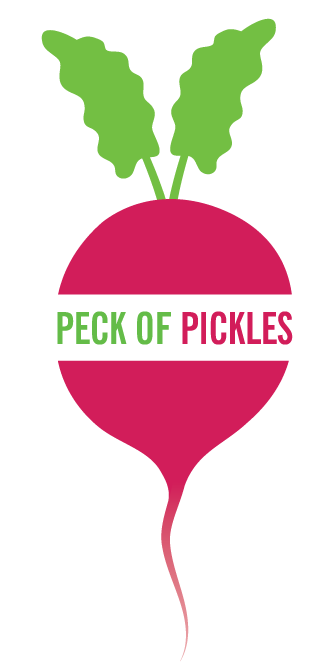
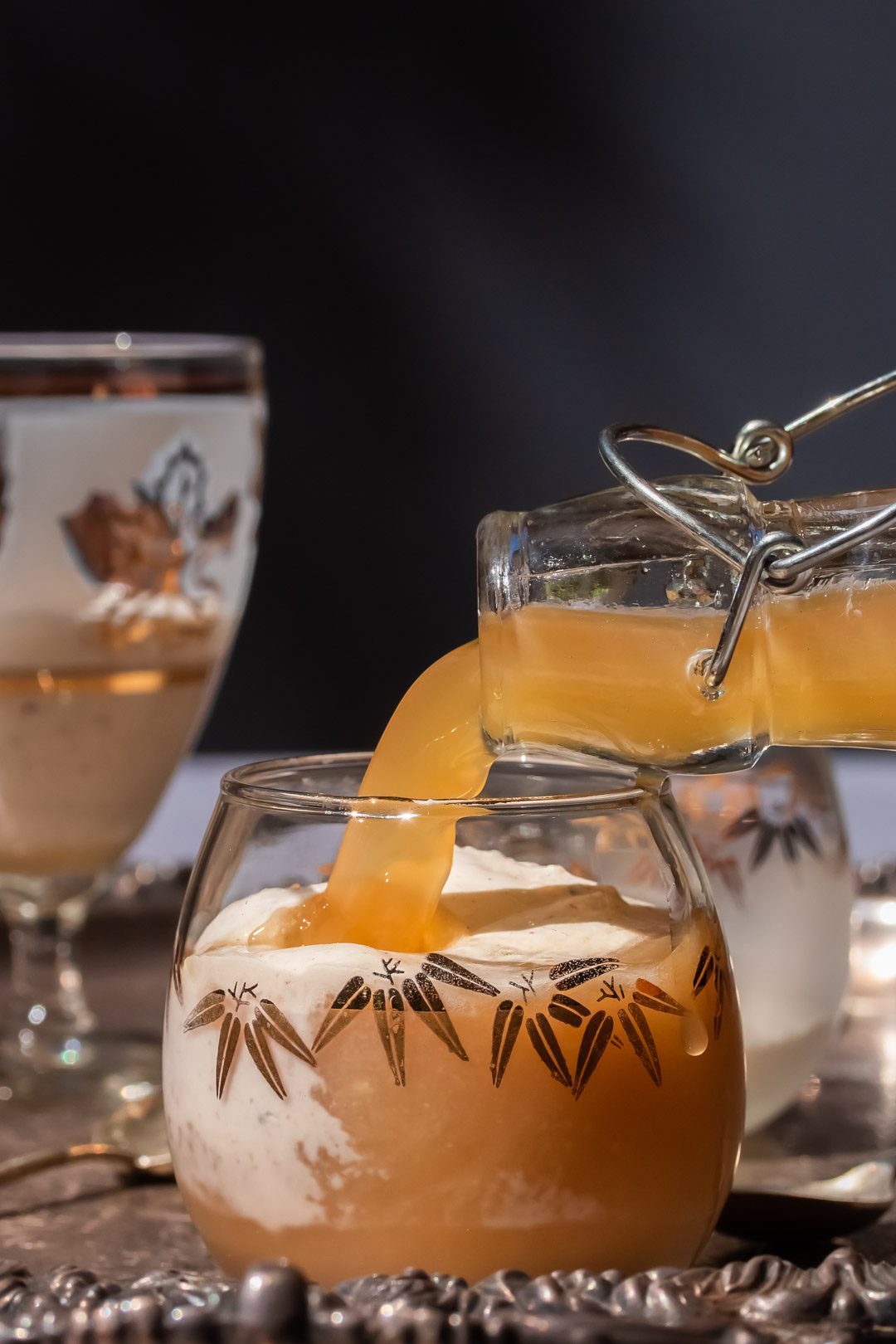
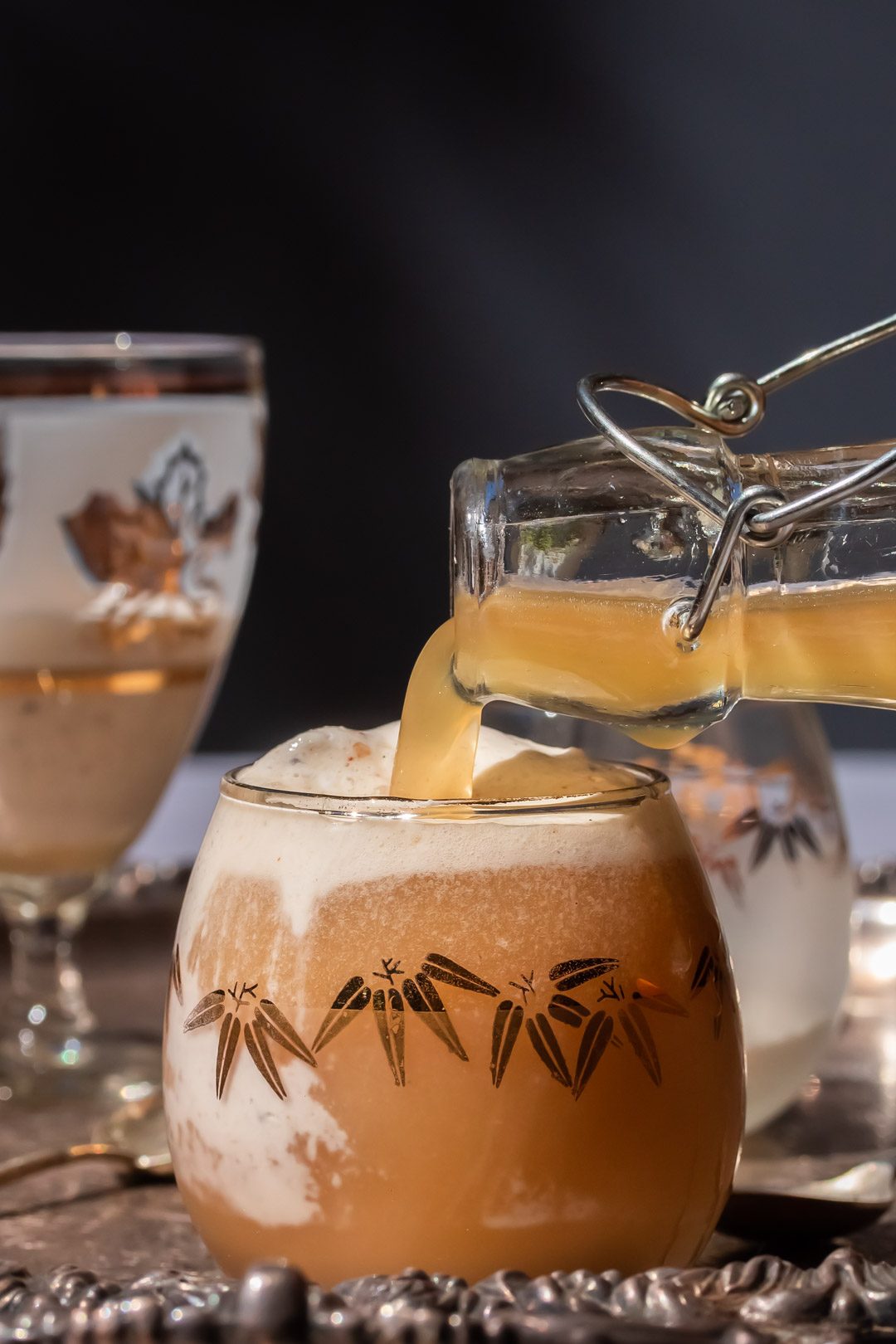
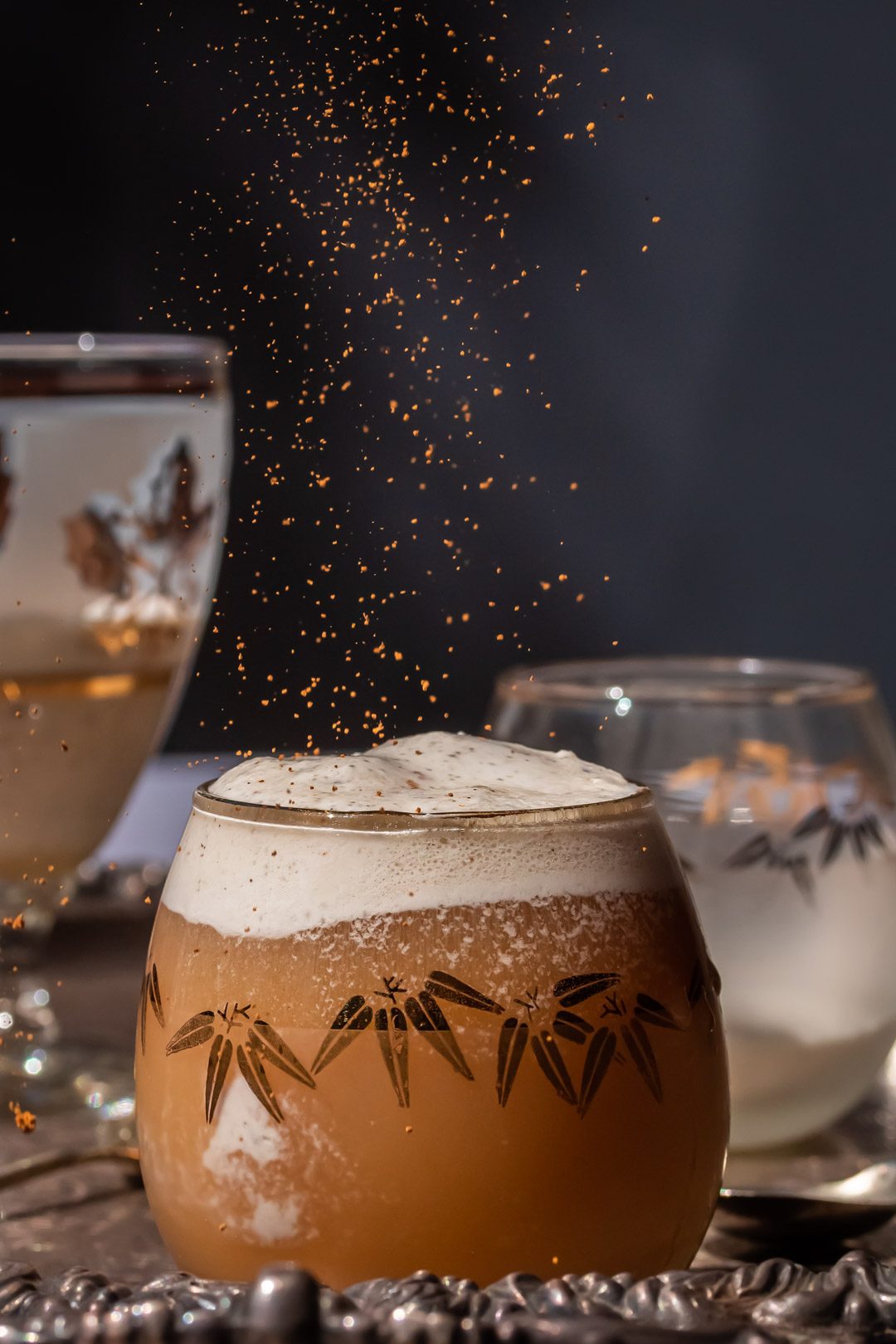
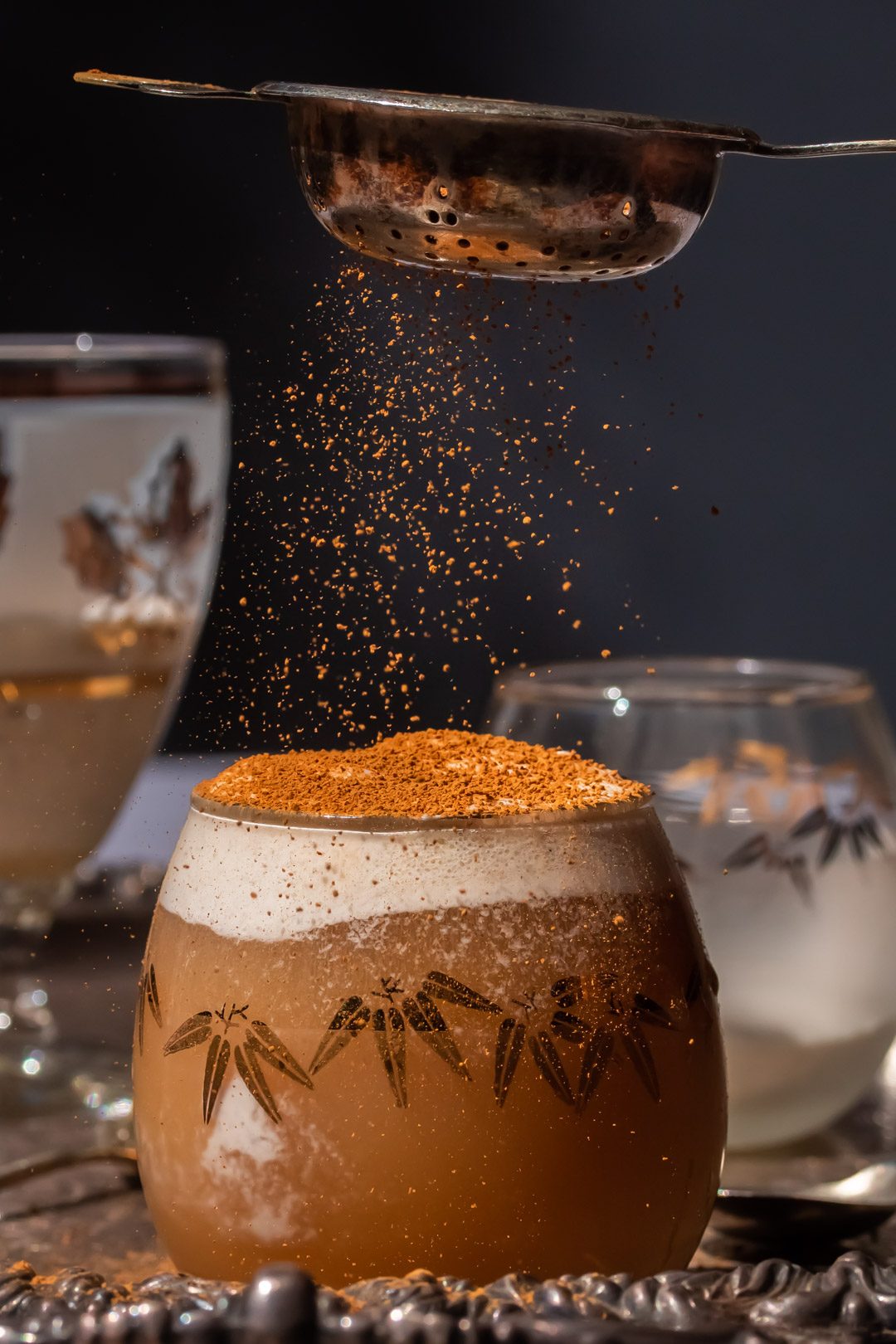
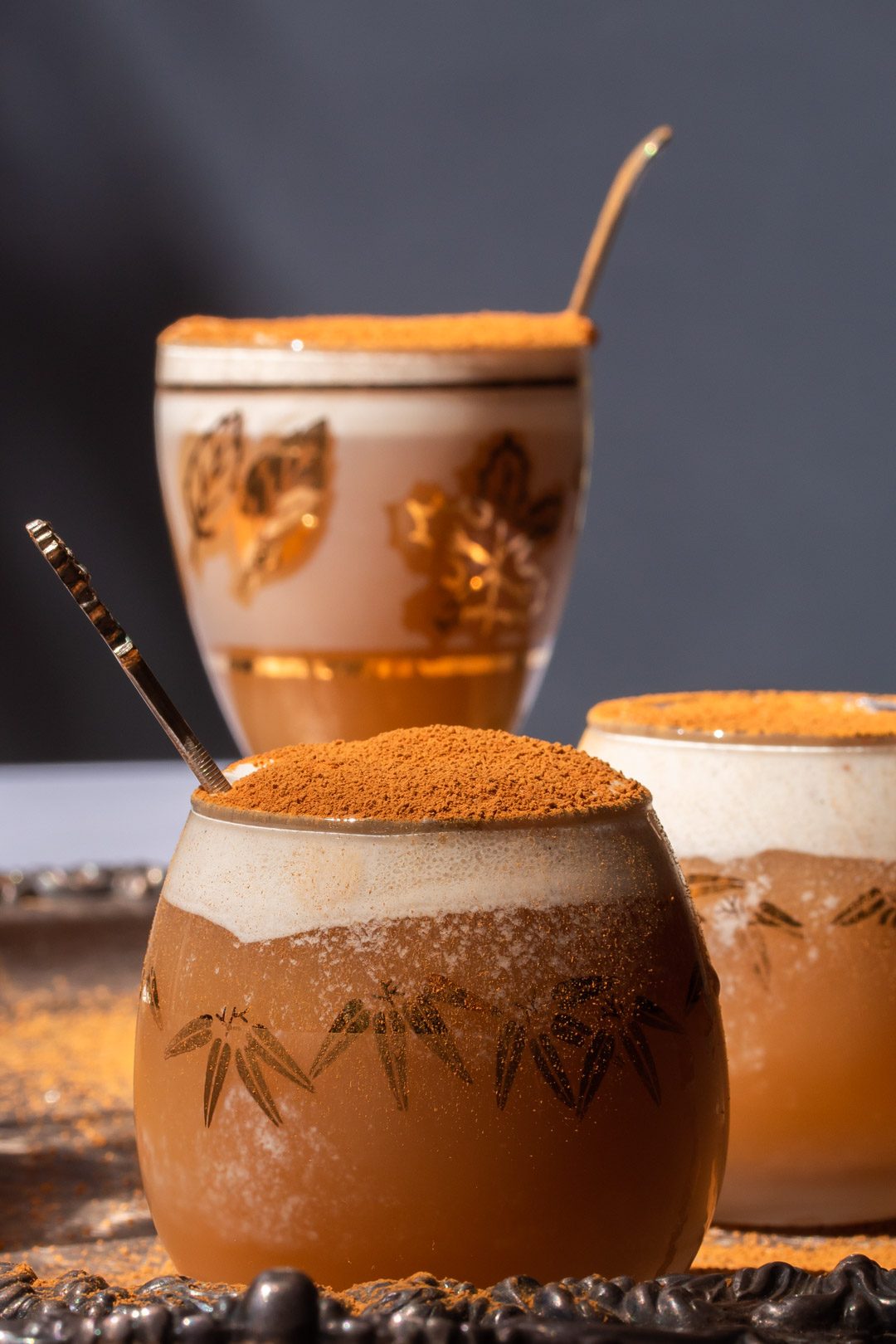
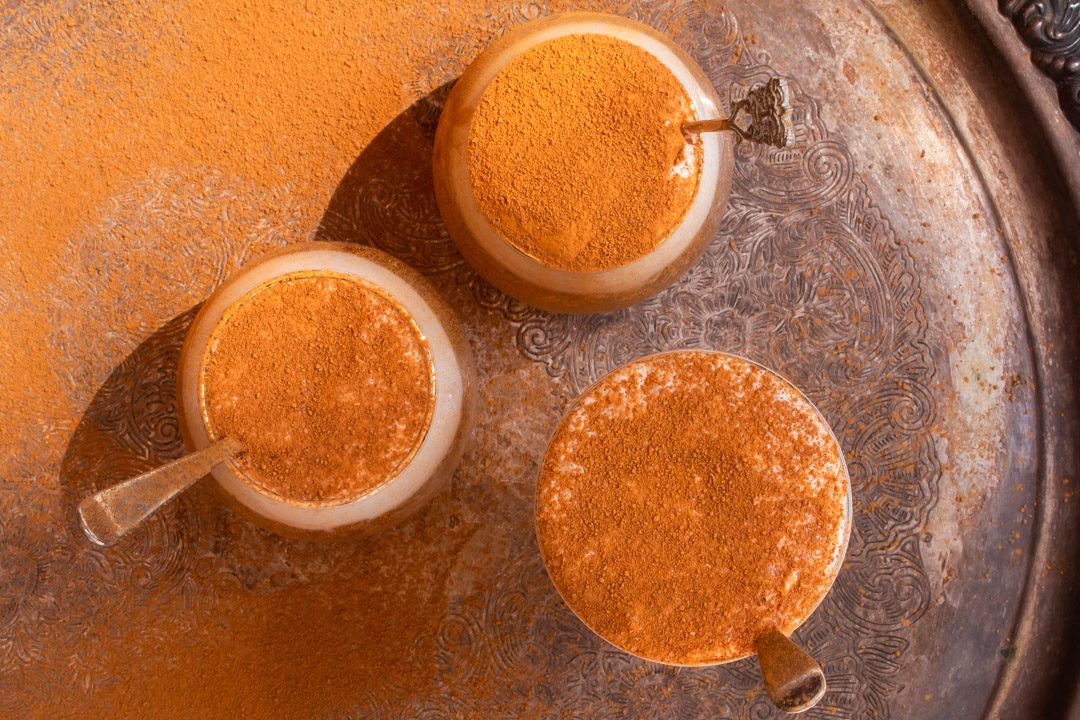
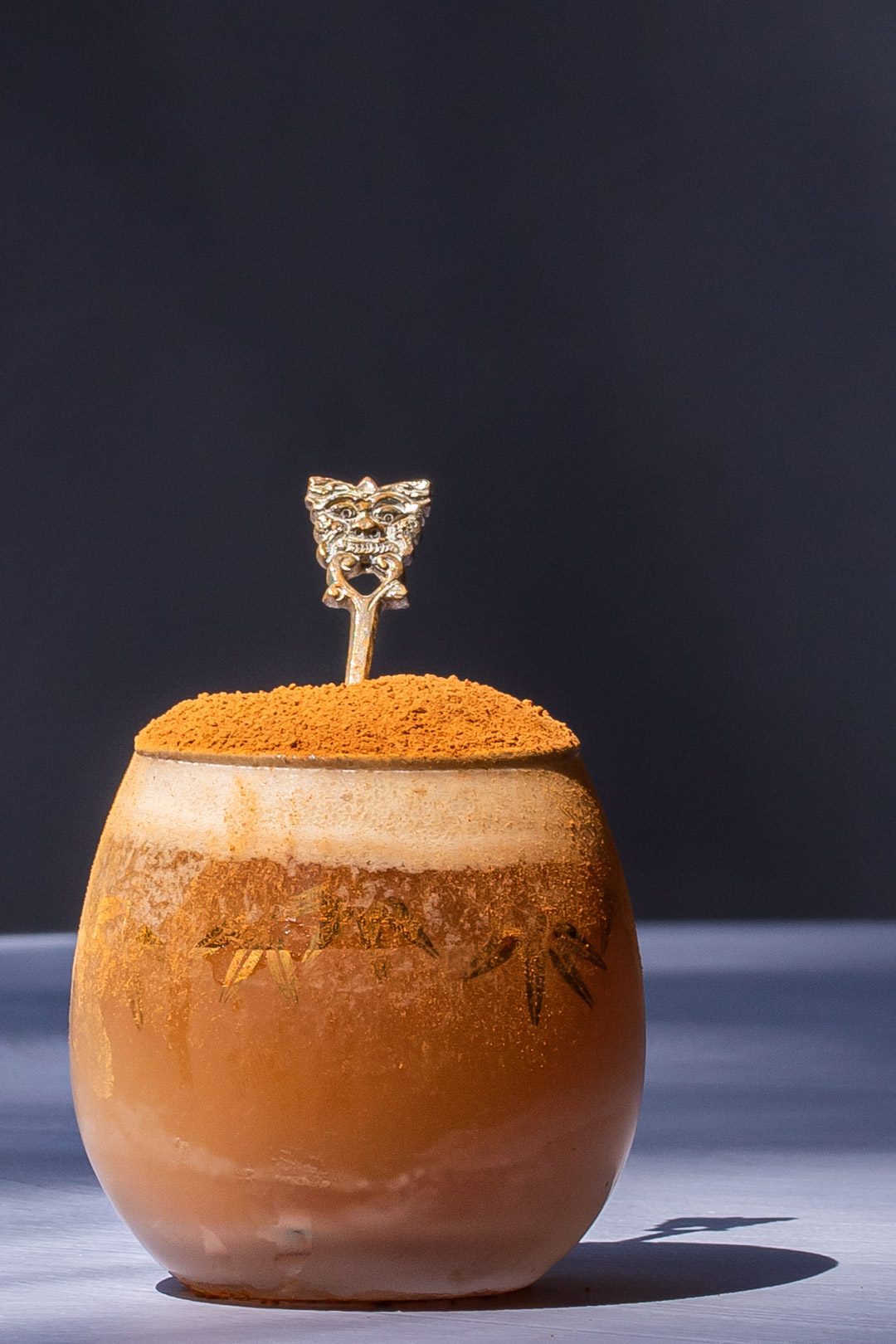
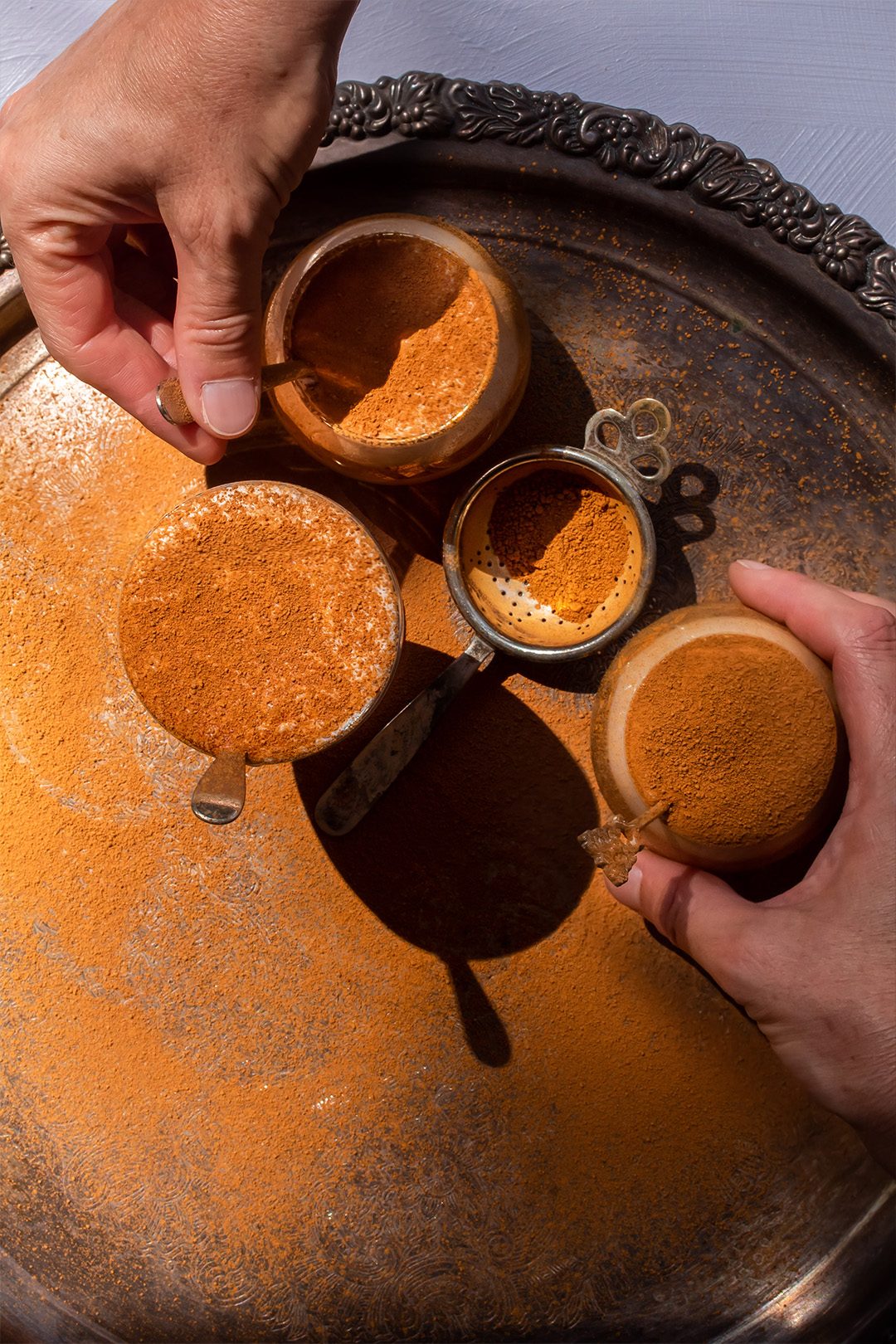
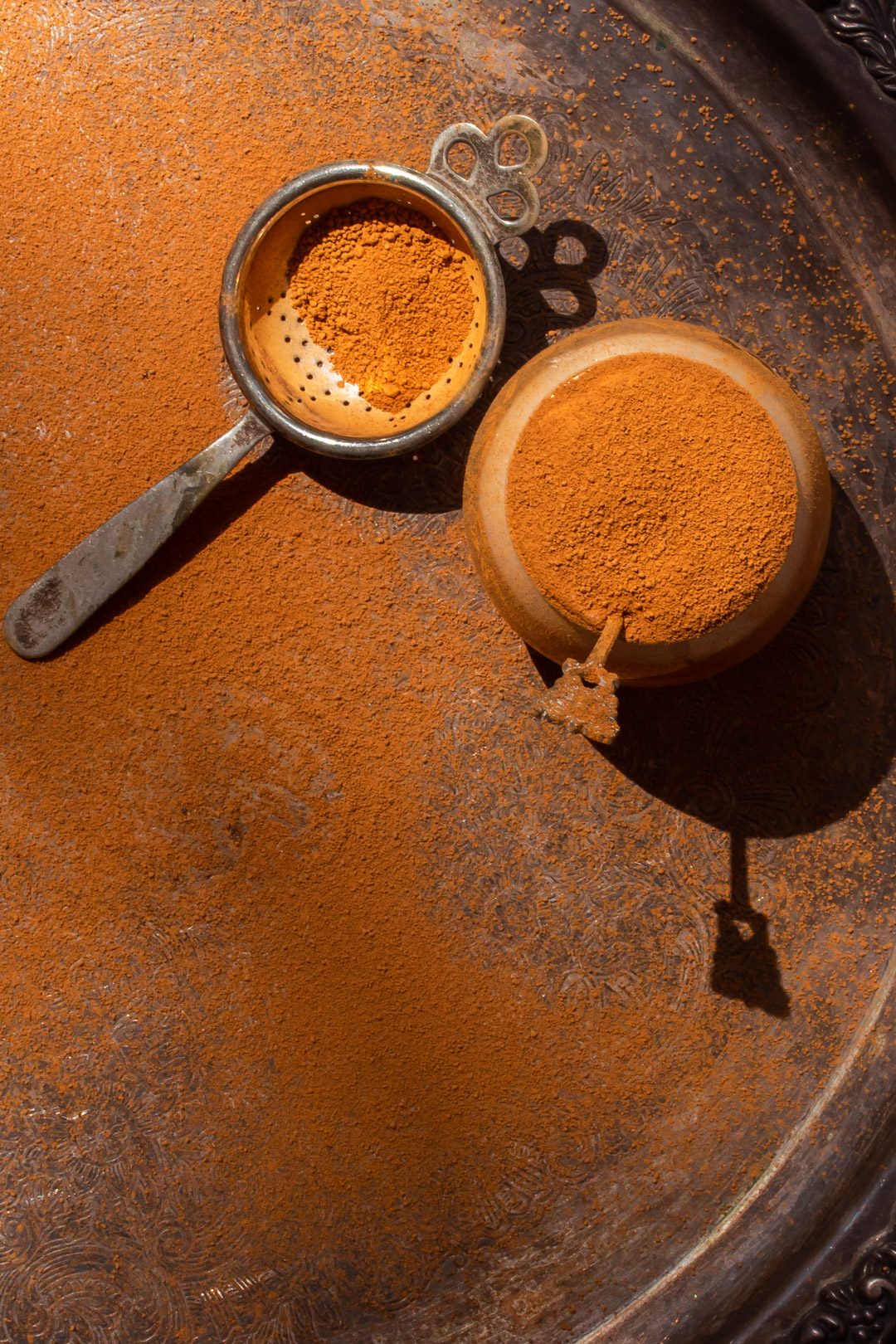
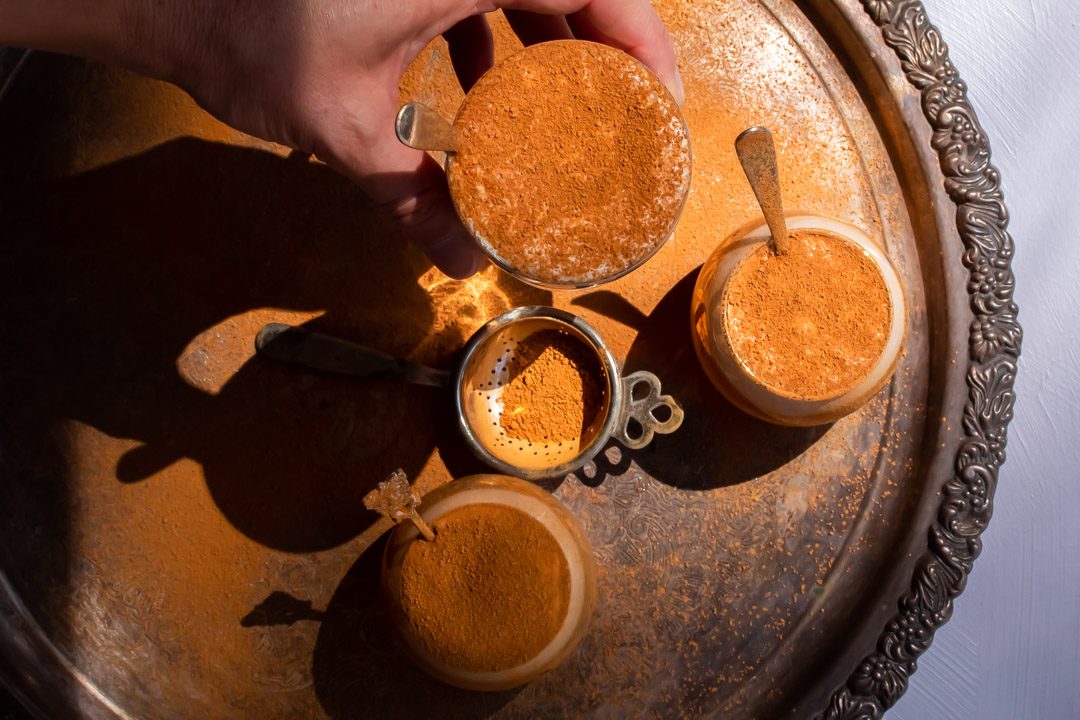
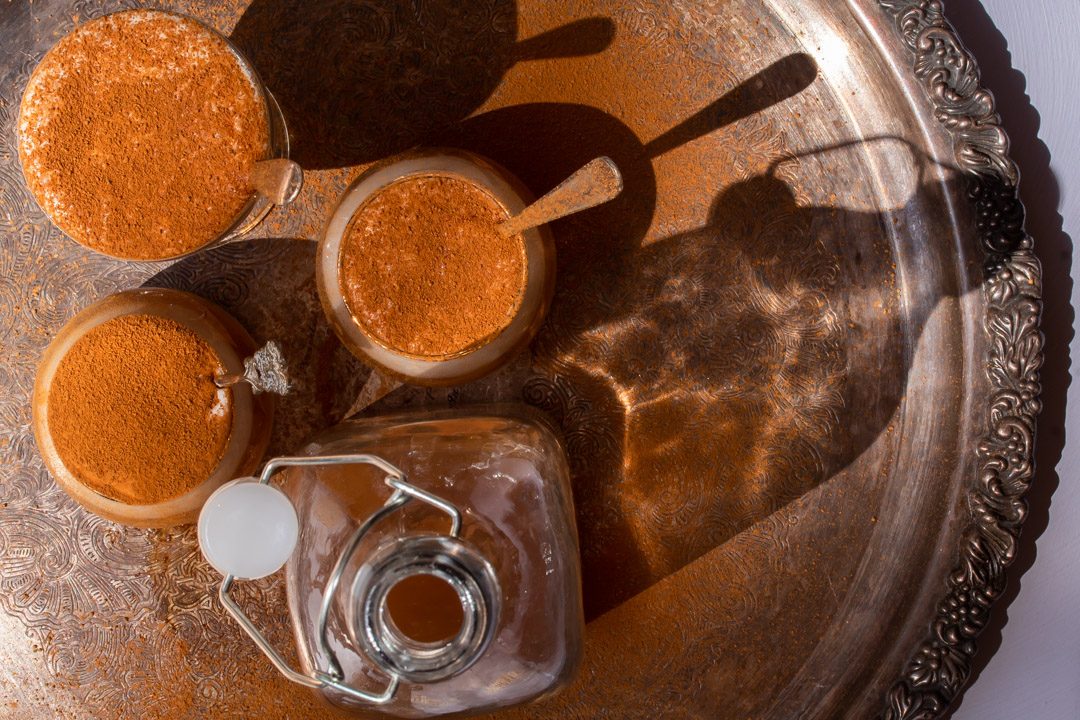
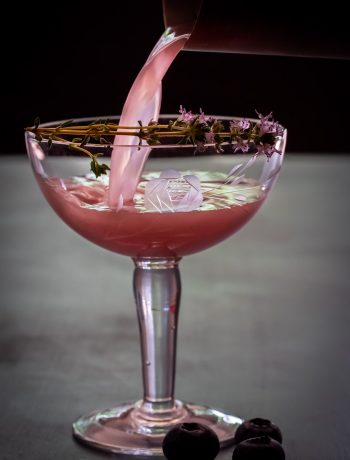
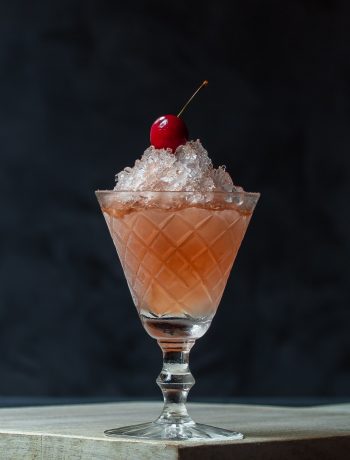
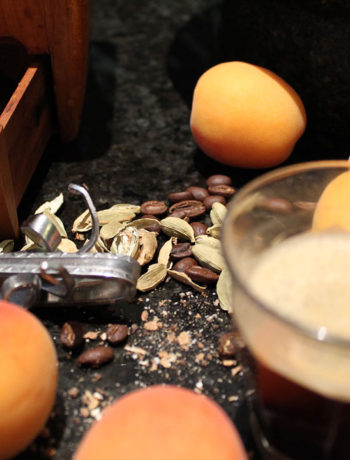
3 Comments
Pineapple fiz: Pick me up fizz cocktail | Peck of Pickles
July 4, 2020 at 2:44 am[…] and turmeric tea. For more about how to make and maintain a ginger bug starter see my post on Ginger Beer Spiders. For the ginger bug starter I have referred to the method outlined by Holly Davis is her amazing […]
Improved macadamia orgeat limeade | Peck of Pickles
July 4, 2020 at 3:12 am[…] as a preservative and enhance flavors, such as in ice cream and syrup making – see my post on ginger beer spiders for more on […]
Lemon myrtle honey syrup: cocktail ingredient | Peck of Pickles
October 26, 2020 at 1:58 am[…] WWII when there was a shortage of fresh lemons. I have used dried lemon myrtle leaves to flavour fermented ginger beer and it adds an amazing refreshing lemon […]